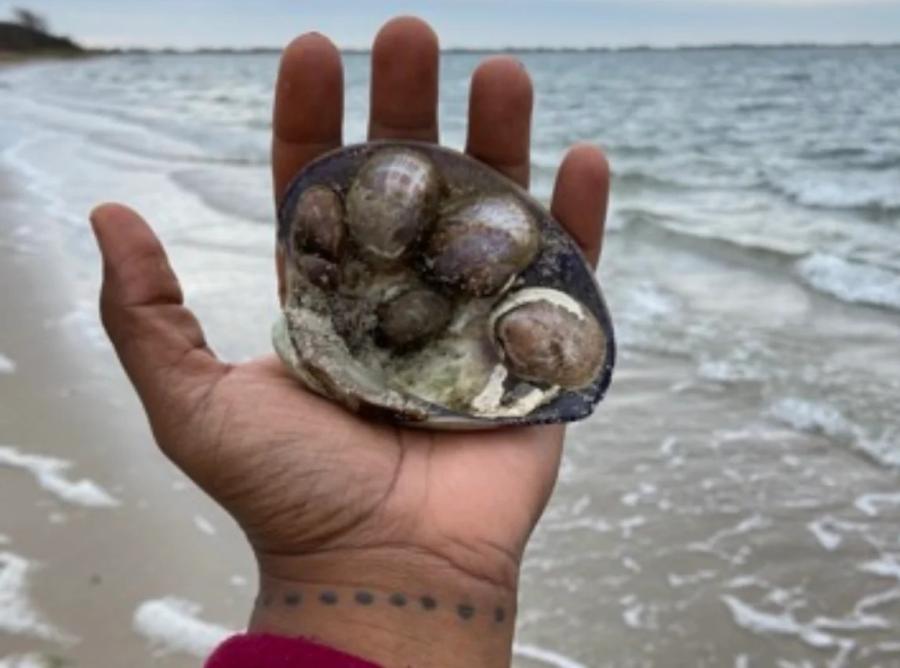
While many of us have grown up in our respective Indigenous communities, we also participate in the international discussions and forums convened to address the issues of Indigenous Peoples, which means our work often spans a complexity of spaces and challenges. I firmly believe that we must affirm our conviction, position, and representation by listening to the voices on the ground —those voices of our elders, parents, children, spiritual leaders, and leaders who are in the communities we come from.
As Indigenous Peoples our advocacy ranges from the very local community level to the policy level in which international forums such as the United Nations Permanent Forum on Indigenous Issues and the Expert Mechanism on the Rights of Indigenous Peoples are convened. What constitutes advocacy actions at each level is distinctly different, but all levels join in common cause, struggle, and self-determination to achieve the recognition and fulfillment of our rights to lands and territories, resources, languages and cultures, and all rights outlined in the UN Declaration on the Rights of Indigenous Peoples. It is crucial that local or grassroots activism in Indigenous communities be visible and heard by all. In this issue of the CSQ, “Nihígaal béé Íina” is a movement in which Navajo activists standing strong on the ground walk through communities in the Navajo Nation, building a platform of solidarity and collective voice among their people over the compounding socioeconomic and cultural concerns for environmental and resource degradation, development and sustainability, and cultural continuity.
In Australia, another resistance movement was built strong from the ground using social media as a resistance platform to counter the forced closure of 150 Aboriginal communities by the Australian government. The movement’s resulting growth was exponential; as Sam Cook describes, within five days, “every state and territory had mobilized, with 30 known community rallies of up to 30,000 people marching in the streets from remote communities, small regional towns, major cities and the capitals of Australia.”
In the same vein, by standing strong on the ground, the Achuar people of the Peruvian Amazon set an important legal precedent for Indigenous communities with their victory over the US-based corporation Occidental Petroleum, which has dumped toxic substances into rivers and caused hundreds of oil spills destroying hunting and fishing grounds and threatening the Achuar way of life. The Maya standing strong on the ground in Belize have also used the legal system to achieve a groundbreaking victory; the Caribbean Court of Justice reaffirmed that the 38 Q’eqchi and Mopan Maya Indigenous communities of southern Belize have rights to the lands they have customarily used and occupied, setting another important precedent in international law.
We must recognize and acknowledge the various spheres of social movements, from grassroots activism to legal action to international policy pressure. Our work is to make visible and illuminate the voices of Indigenous Peoples across these various spheres and to build the bridges necessary between them to realize and fulfill the rights of Indigenous Peoples. We must always stand strong from the ground.
Suzanne Benally
Executive Director
(Navajo and Santa Clara Tewa)



